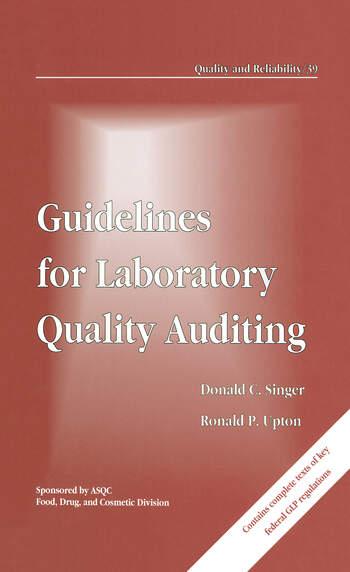Question
The River Plant of Carlisle, Incorporated produces a particular metal fixture used in aerospace and maritime industries. The following information is available for the last
The River Plant of Carlisle, Incorporated produces a particular metal fixture used in aerospace and maritime industries. The following information is available for the last operating month:
The plant produced and sold 29,072 fixtures for $72 each. Budgeted production was 30,000 fixtures.
Standard variable costs per fixture follow:
| Direct materials: 4 pounds at $4 | $ 16.00 |
|---|---|
| Direct labor: 0.1 hours at $40 | 4.00 |
| Variable production overhead: 0.4 machine-hours at $20 per hour | 8.00 |
| Total variable costs | $ 28.00 |
Fixed production overhead costs:
Monthly budget $816,400
Fixed overhead is applied at the rate of $30 per fixture.
Actual production costs:
| Direct materials purchased and used: 106,600 pounds at $4.36 | $ 464,776 |
|---|---|
| Direct labor: 2,890 hours at $44.50 | 128,605 |
| Variable overhead: 12,100 machine-hours at $19.56 per hour | 236,676 |
| Fixed overhead | 865,000 |
Required:
a. Prepare a cost variance analysis for each variable cost for the River Plant. b. Prepare a fixed overhead cost variance analysis. c. (Appendix) Prepare the journal entries to record the activity for the last period using standard costing. Assume that all variances are closed to Cost of Goods Sold at the end of the operating period.



Step by Step Solution
There are 3 Steps involved in it
Step: 1

Get Instant Access to Expert-Tailored Solutions
See step-by-step solutions with expert insights and AI powered tools for academic success
Step: 2

Step: 3

Ace Your Homework with AI
Get the answers you need in no time with our AI-driven, step-by-step assistance
Get Started


